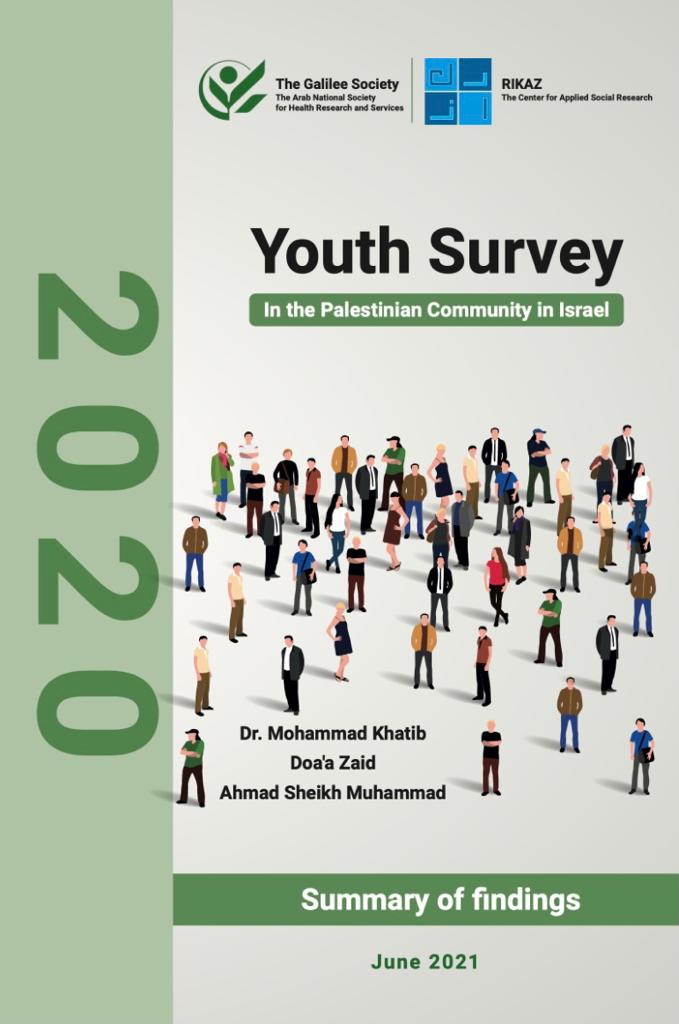Drinking water utilities will increasingly rely on alternative water sources in the future, including wastewater reuse. Safety must be assured in the application of advanced oxidation processes (AOPs) and supporting treatments for wastewater effluent reuse. This study developed toxicological profiles for source and tap waters, wastewaters, and treated effluents by different processes from four military installation locations. The objective of this study was to evaluate the toxicity of extracted organics from diverse source waters and after reuse treatments. The toxicity analyses included thiol reactivity, mammalian cell cytotoxicity, and genotoxicity. Differences in toxicity between source or tap waters and effluents from wastewater treatment processes supported AOP treatment to reduce risks of potable reuse. An anoxic and aerobic activated sludge process followed by sand filtration controlled toxicity to levels similar to a municipal drinking water. An anaerobic membrane bioreactor process exceeded the toxicity levels of a typical drinking water. Two AOP processes (ultraviolet (UV) + reverse osmosis (RO) + chlorination (NaOCl) or RO + UV–H2O2 + NaOCl) significantly reduced toxicity. The integration of the wastewater systems with ultrafiltration, AOP, and RO was effective to reduce the toxicity to levels comparable to, or better than, tap water samples.


